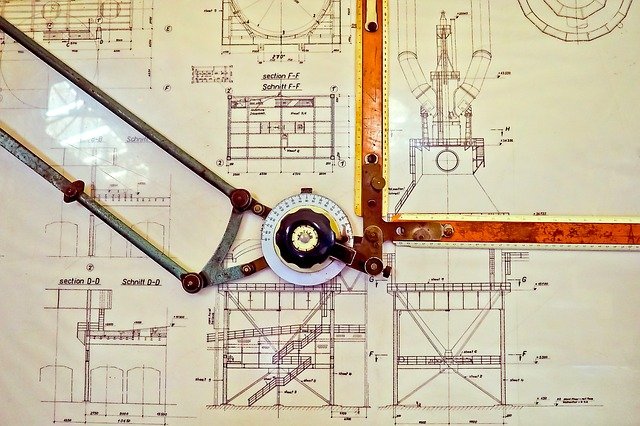
Is it Still a Boys Club?
Women in Engineering
Read a summary using the INOMICS AI tool
Long gone are the days when women were believed to have no place in the workforce. In the United States today, women make up 49% of the college-educated workforce. However, despite this encouraging number, careers in science, technology, engineering and math (STEM) remain severely lacking when it comes to females in the field. Let’s break down why that is, and how it can change.
Only 14% of engineers in the US are women. Considering the fact that nearly half of the American workforce is made up of women, this statistic is staggeringly low. Not only that, but of the women who do graduate with engineering degrees, a whopping 40% never enter the profession or eventually leave it. Interestingly, though, this is not a global issue: 35% of engineers in Europe are women, while in Iran 70% of all STEM graduates and 50% of engineers are women. So, what is the problem in the US that keeps women from not only sticking with careers in engineering, but from even pursuing them to begin with?
Sadly, the answer is our societal views, pressures, and stereotypes. While the 14% of women in engineering signals steady growth from the 1980s, when the number was a mere 5.8 percent, it’s apparent that the supposed “old school” thinking still pervades our educational institutions and workforce environments.

Early efforts to get young girls interested in STEM subjects have proven reasonably successful, sources indicating that about 74% of middle school girls do have an interest in STEM subjects. Disappointingly, however, studies also show that this interest drops when they reach high school, when social norms, peer pressure and status quo come into play. Evidently, STEM fields are still pervasively thought of as areas of ‘masculine’ work. As such, we are under-developing the minds of growing females in these particular areas – and the whole of society is paying the price.
These issues are compounding each other too. Because so few girls retain their interest and motivation in science subjects past middle school, there are very few female leaders in engineering, making it difficult for those female engineers who do make it through to find relatable, inspirational mentors or role models.
Difficult but not impossible. While in nowhere near the same numbers as their male equivalents, there still do exist some inspirational and influential female figures that have achieved notable success in the engineering field. Together they comprise a group worth of great admiration, and we should be celebrating them even more than we currently do.
Marie Curie: pioneered radioactivity research. She was the first two-time Nobel laureate and the only person to win the award in two different sciences, and she was the first woman to win a Nobel Prize.
Carolyn Bertozzi: helped design artificial bones that are less likely to cause reactions or lead to rejection than their predecessors.
Edith Flanigen: invented a process for making synthetic emeralds. In addition to their use for making beautiful jewelry, the emeralds made it possible to make powerful microwave lasers.
Rosalind Franklin: used x-ray crystallography to see the structure of DNA. Watson and Crick used her data to propose the double-stranded helical structure of the DNA molecule.
Mae Jemison: was the first Black woman in space. She holds a degree in chemical engineering from Stanford and a degree in medicine from Cornell. She remains very active in science and technology.
In order to encourage young brilliant minds to follow in the footsteps of these female figures, we must actively break down stereotypes and build a more inclusive engineering community. This might look like: hosting female-focused engineering interest groups in schools, on campuses and in workplaces; creating scholarship opportunities for women to pursue advanced degrees in engineering; and highlighting diverse engineering role models in young women’s education. It is imperative that as a nation we remove as many barriers to student progress from our curriculum as possible. Thankfully, there are already many organizations working to do just that:
The Society of Woman Engineers was founded in 1950 and for the past 60 years its stated mission was to give women a voice within the male dominated field of engineering.
African Women in Science and Engineering aims to increase the number of woman scientists and engineers working in Africa.
Stemettes is an organization that strives to inspire and motivate the next generation of females in STEM fields, by increasing accessibility to events, education and mentors.
IEEE WIE is one of the largest institutions in the world that actively promotes woman engineers and scientists, while also inspiring and encouraging young girls to pursue a career in engineering.
Robogals is a student run organization that encourages young girls to consider pursuing a career in engineering.
These institutions are leading the charge, and we must follow in their footsteps, support them publicize them, and where possible, set up complementary institutions and initiates. We cannot let the numbers, and lack of representation, discourage or mislead us as a society. Women are more than capable of becoming brilliant and influential engineers. It is incumbent on us to change society’s retrograde views and ensure we stop squandering so much talent. And let’s be real, with all the challenges engineering faces, its needs all the help it can get.











